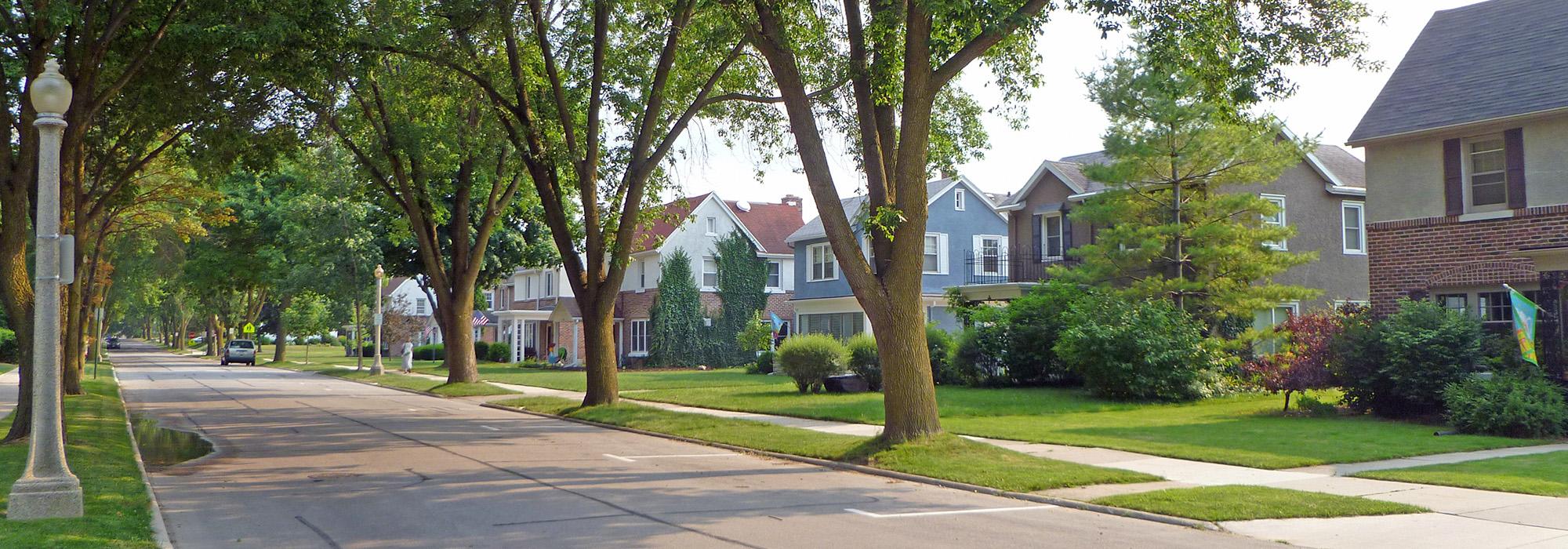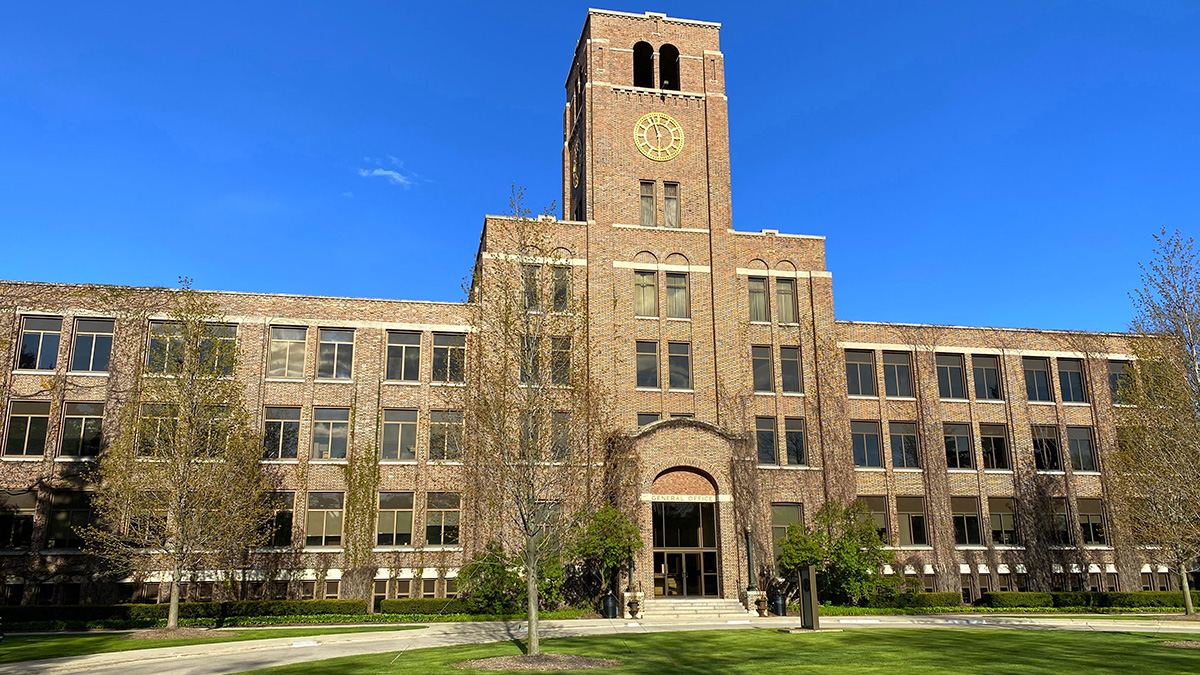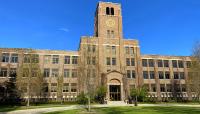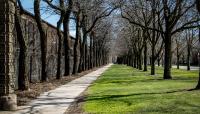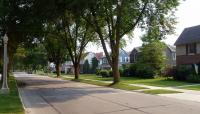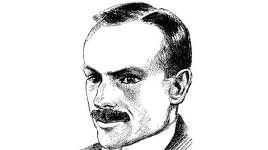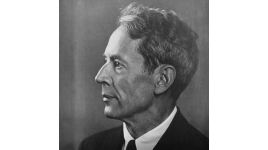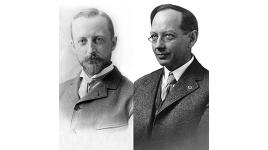Landscape Information
Inspired by European travels undertaken with architect Richard Philipp, industrialist Walter Kohler, Sr., pursued the development of a substantial garden city adjacent to his factory in 1916, consulting with planner Werner Hegemann and landscape architect Elbert Peets. Dissatisfied with their work, Kohler hired Olmsted Brothers for the town’s expansion in the mid-1920s, having worked with them successfully on the grounds of his nearby estate, Riverbend. Olmsted Brothers platted out “West II,” as the new neighborhood was known, nearly doubling the size of the community.
The Olmsted firm proposed plazas anchored by businesses and civic institutions at the convergence of webs of axial streets, as well as curvilinear drives in the residential portion articulating the relationship of the village to the Sheboygan River, though these ambitious plans went unrealized as the Great Depression set in. West II bears the most obvious signs of this grander vision, though at a reduced scale: a small, central commons sits at the junction of three streets in the addition’s core, and a church fronts a small triangular park along Valley Road. Other signs of the Olmsted firm’s influence include the landscape of the American Club including its signature lawn (listed in the National Register of Historic Places in 1978), and the Nature Theater, an amphitheater inserted into Ravine Park, the community’s primary open space. The firm continued to consult for the Kohlers into the 1950s, preparing concepts for new expansions of the village, designs for various public buildings, and concepts for a memorial highway along the north edge of the community. The firm also developed planting designs for various sites and cemetery plans.



